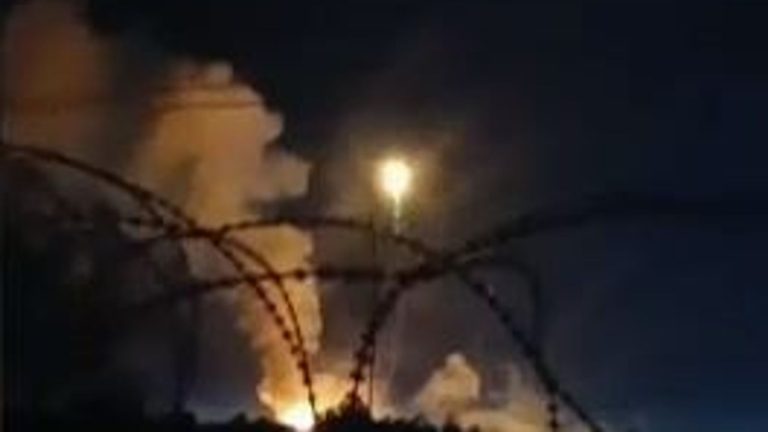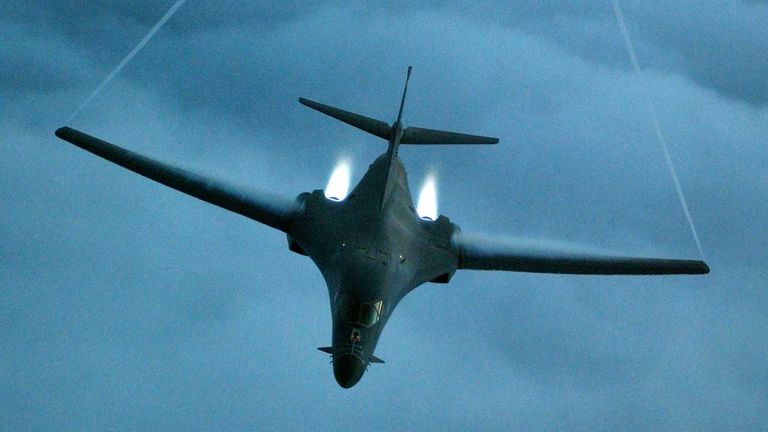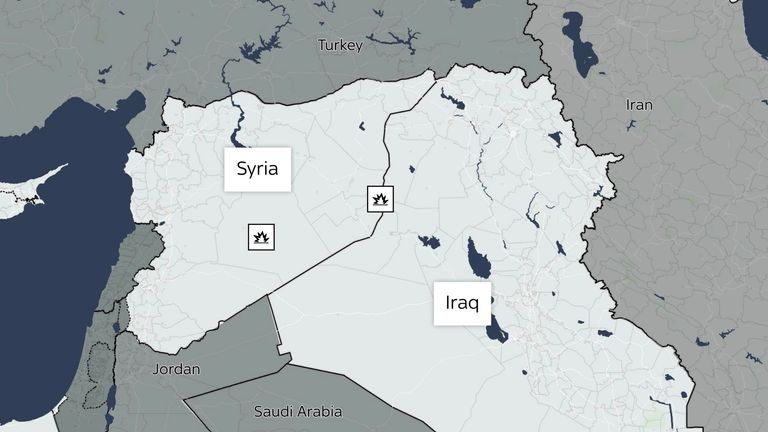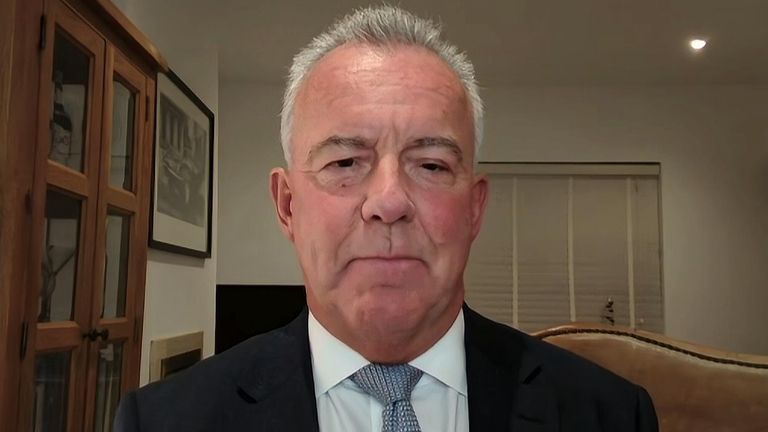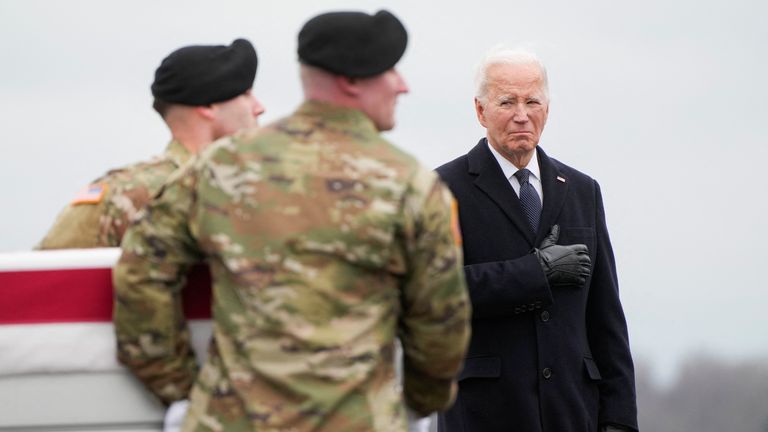The United States launched air strikes on Iraq and Syria targeting Iranian-backed militias.
This step comes in response to a drone attack on an American base in Jordan that led to a death Three US service members.
This is the latest escalation in a Middle East that has become increasingly unstable since Hamas' attack on Israel on October 7.
The latest in the Middle East: The United States begins a wave of air strikes in Iraq and Syria
Here's what we know so far about the strikes:
Where was it hit?
United State Seven facilities were struckFour are in Syria and three are in Iraq, where Iranian-backed militias are believed to operate.
At least 85 separate targets were struck within those facilities.
Among them was a weapons depot and three houses belonging to the Hezbollah Brigades in Anbar Governorate, western Iraq, according to an Iraqi official who spoke to NBC in Baghdad.
Many aircraft were used including B-1 long-range bombers flown in from the United States.
A statement by the US Central Command said: “US Central Command forces carried out air strikes in Iraq and Syria against the Quds Force of the Iranian Revolutionary Guard and its affiliated militias.”
“US military forces struck more than 85 targets, with many aircraft including long-range bombers launched from the United States.
More than 125 precision-guided munitions were used in the air strikes.
The strikes targeted “command and control operations, intelligence centres, missiles and missiles, drone warehouses, logistical facilities and the ammunition supply chain.”
Who was targeted?
The strikes targeted the Quds Force – the foreign espionage and paramilitary arm of the Iranian Revolutionary Guard that greatly influences militias allied with it across the Middle East, from Lebanon to Iraq and from Yemen to Syria.
US Lieutenant General Douglas Sims, director of the Joint Chiefs of Staff, said the strikes appeared to have been successful, triggering large secondary explosions when the blasts hit militant weapons, although it was not clear whether any militants were killed.
But Sims added that the strikes were carried out with the knowledge that there would likely be casualties among those in the facilities.
US Secretary of Defense Lloyd Austin said President Biden He directed additional measures against the Iranian Revolutionary Guard and those associated with it.
“This is the beginning of our response,” Austin said.
He added: “We do not seek conflict in the Middle East or anywhere else, but the president and I will not tolerate attacks on American forces.”
Read more:
The latest in the Middle East – calls in the United States for “devastating revenge”
US drone response could lead to 'uncontrollable escalation'
But the Pentagon said it does not want war with Iran and does not believe Tehran wants war either.
Syrian official television reported that “several” people were killed and wounded “as a result of the American aggression against a number of sites in the desert and the Syrian-Iraqi border.”
What was said?
“This afternoon, at my direction, U.S. military forces struck targets at facilities in Iraq and Syria that the Iranian Revolutionary Guard and its affiliated militias are using to attack U.S. forces,” President Joe Biden said.
“Our response begins today. It will continue at times and places of our choosing.
He added: “The United States does not seek conflict in the Middle East or anywhere else in the world. But let all those who might seek to harm us know this: If you harm an American, we will respond.”
The Iraqi army said the strikes “constitute a violation of Iraqi sovereignty” and “undermine the efforts of the Iraqi government.”
A spokesman added that the US action constitutes “a threat that could lead Iraq and the region to dire consequences.”
The Palestinian Mujahideen Movement said it “strongly condemns” “the new American aggression against sites in Syria and Iraq, which is an extension of the ongoing American-Zionist-Western aggression against our nation and its resources.”
An Iranian-backed group in Iraq has accused Jordan, Kuwait and Saudi Arabia of allowing the United States to use their territory to carry out attacks.
A spokesman for the Sayyid al-Shuhada Brigades, a brigade in the Iraqi Popular Mobilization Forces linked to Kataib Hezbollah, called on the Iraqi government to “question” its foreign minister for allowing this to happen.
Its Secretary-General, Abu Alaa Al-Walaei, also called for an end to the presence of American forces in Iraq.
He praised the “heroes of the Islamic resistance” who “humiliated the American occupation” with their attacks.

